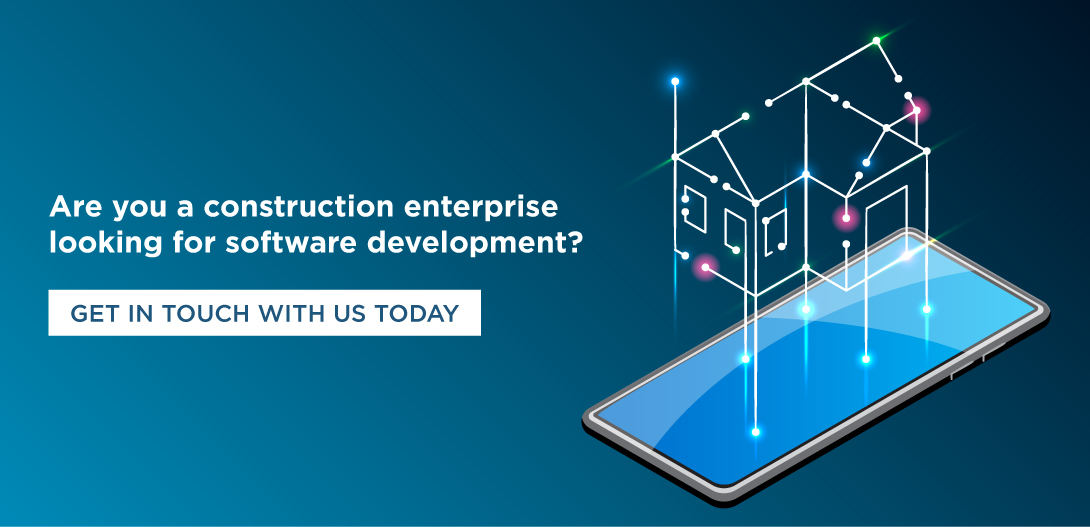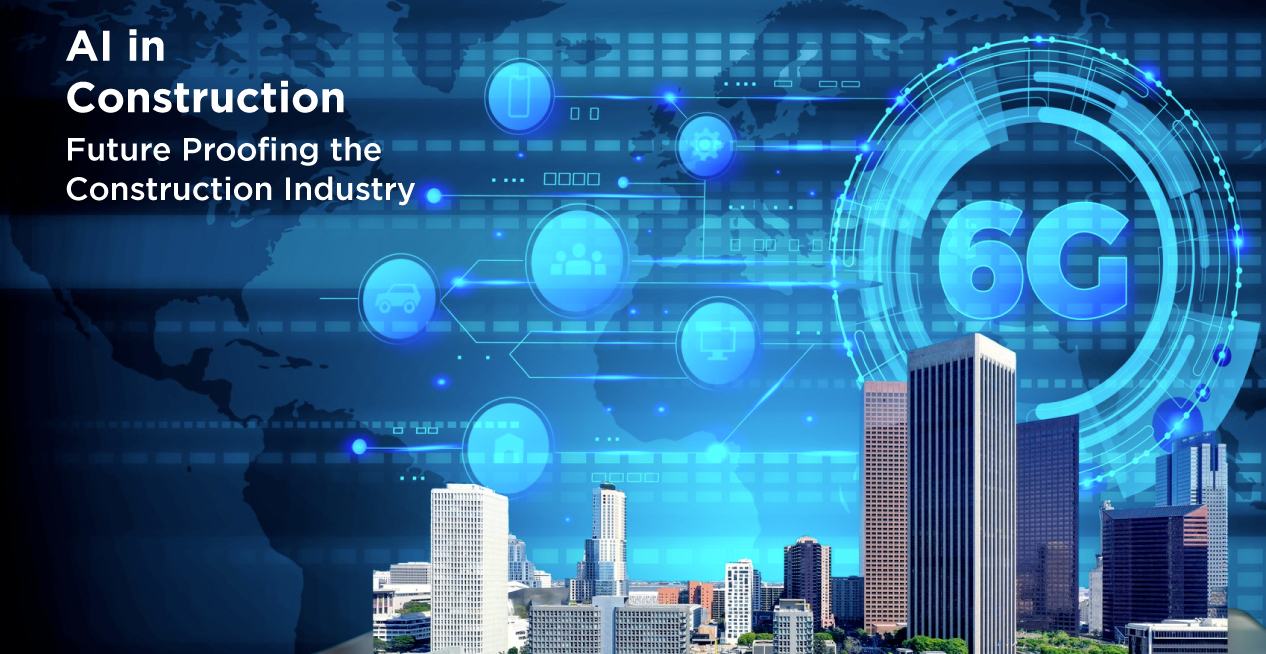Introduction
Most industries have turned to AI to stay ahead of the competition in the evolving tech landscape. The construction industry is no stranger to this trend. The advent of AI in this industry has kickstarted a tech revolution that is all set to completely change how a building is designed, planned, and constructed.
These claims were backed by statistics of the market, such as global Artificial Intelligence (AI) in Construction market size stood at USD 1487.31 Million in 2022 and is expected to reach USD 10070.42 Million in 2028, with a CAGR of 37.54% during 2022-2028. With such a vast market potential, one can only imagine the possibilities a real estate development company implementing AI can bring to the table of construction enterprises. Let’s look at how AI’s power is being and can be harnessed in the construction landscape.
The Role of AI in the Construction Industry
AI in construction can be used for a myriad of functionalities. A few of its applications include:
Planning and Designing
The most popular applications of AI in construction are in planning and designing. BIM, or the Building Information Modelling process led by AI, is an excellent example of AI in construction. Construction engineers often implement this process to develop AI-powered generative design, which architects, mechanics, plumbers, and all involved parties run. This leads to a collaborative and ergonomic approach to designing a construction project.
Iterations of these approaches ensure that the design is well-planned and executed. It also helps the client visualize the construction project before laying the foundation stone.
Robotics in Construction
New-age construction companies are also using intelligent robots to perform various tasks. As construction sites are hazardous, replacing human personnel with robots is another market trend. Robots capture 3D pictures, which are then tallied with BIM processes using different ML techniques and neural networks. Robots are also used for:
Customer Service
AI-powered chatbots are increasingly common in customer service and comparatively more efficient than their human counterparts. Such intelligent chatbots are capable of handling simple requests without the need for human intermediation. Such software is also designed to respond in the most humane way possible.
Assembly
Assembly operations in big factories are often laborious and time-consuming, demanding huge manpower to function. However, robots have changed the way assembly operations are performed. With the help of advanced forecasting abilities and real-time error detection and correction, robots in assembly operations optimize assembly workflows efficiently.
Packaging
Another tremendous and widespread application of AI-coupled robots is in the packaging industry. Amazon, the world’s largest retailer and packager of goods, along with Agility Robotics, have developed intelligent packaging robot systems such as Sequoia and Digit, which are excellent examples of robots in packaging. Intelligent robots improve the accuracy and resourcefulness of daily operations and increase their cost-effectiveness.
Imaging
Visual acuity and image recognition are the new currency for many industries. Accurate imaging and recognition are instrumental in most initiatives for various purposes, such as security and image recognition competencies, more excellent details, and image studies.
Examples of artificial intelligence in construction include AI-powered robots equipped with cameras to capture 3D pictures at construction sites.
Surveillance and Mapping
Another application of AI in construction is surveillance and mapping of progress. With the help of drones and VSaaS platforms (Video surveillance as a service), the construction sector is observing a new way of performing its day-to-day tasks. Drones are employed actively and resourcefully, from generating high-resolution images of project sites to enabling real-time monitoring of issues to avoid escalation and damage. These provide high accuracy and take care of dangerous tasks often life-threatening for construction workers, such as high alti surveillance, underground mapping, crack identification, etc.
Predictive Analysis
AI algorithms are also being used in AI vehemently to project future outcomes while optimizing processes involving allocation of resources, scheduling, and budget address. Until recently, the construction sector has limited access to data analysis tools that can help make calculated decisions like it has been doing for other industries. Today, construction companies employ advanced predictive tools, most commonly being IBM SPSS, 6sense, Radius, IBM SPSS Statistics, and Appier.
Better design
WeWork, a workspace startup, employed machine learning algorithms to predict the frequency of need for conference rooms and then ergonomically designed the said coworking spaces for their clients. This is a prime example of how AI in construction can be implemented to work up real estate and living space designs that are sustainable, ergonomic, and devoid of human flaws. Another stellar example of artificial intelligence in the construction industry is Autodesk’s collaboration with Daisy AI Inc., which was used to optimize timber floors and their layout. The two organizations developed the tool to develop software that found the best plausible and generative design for mass timber construction.
Benefits and Impacts of AI in Construction:
Al has the potential to revolutionize the entire construction industry through its applications. Its impacts can be observed across various verticals of the construction industry, such as design, safety, security, project management, efficiency, etc. Let us have a look at how it can achieve all of this.
- With AI implementation in the construction industry, better project planning and scheduling is a given. AI algorithms help analyze historical project data for the best schedules and resource allocation.
- AI-powered construction tools share the load with human counterparts while leaving those resources for more complex tasks, allowing proper adjustments to project timelines.
- AI-led software and tools also provide automation to architects and engineers so they can focus on the creative aspects of their work.
- AI-based generative design is capable of exploring several design possibilities under predefined constraints, resulting in more creative and practical designs.
- Stringent risk assessment and mitigation are benefits of analyzing historical data with AI, especially in the construction industry.
- Automation in construction: Automation of tasks such as bricklaying, welding, and site surveying are some construction processes that AI-powered robots and drones can do with more efficiency and safety.
- AI tools also help achieve cost savings by identifying and optimizing construction workflows.
Conclusion
Businesses and individuals spend more than $10 trillion annually on construction. Part of this spending is promoted by rapidly moving technological advancements in the global markets. According to the McKinsey report 2020, a growing focus identified for the next decade is the incorporation of Artificial Intelligence in all tech markets and global industries. When the global construction industry implements AI, it unlocks the trunk of opportunities. It guarantees safety, efficiency, productivity, and ergonomic design.
This opens up many avenues for construction startups and enterprises. Any construction business can build software that implements AI. They only require a brilliant idea and a reliable software development company providing excellent AI Software Development and ML Services.









